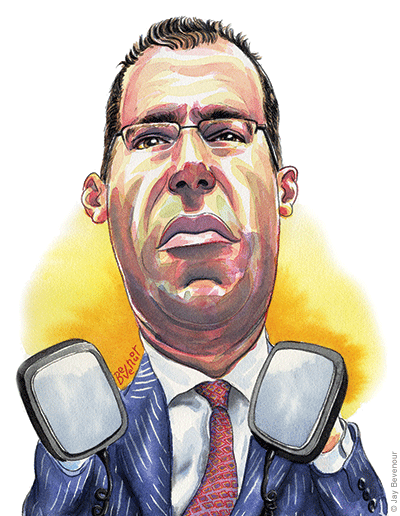

I can tell you in talking to a number of them that when someone comes in without a mask it feels very disrespectful. He said wearing a mask not only slows infection rates, it is a sign of respect for the people who are required to work in jobs that involve contact with the public. It’s in the two to three weeks that you think you’re doing fine that it actually moves across the population,” he said. “The problem with this virus is it does its worst damage when nobody sees it. Tim Walz has only said he is considering. Slavitt also endorsed a mask mandate, something other states and some cities in Minnesota have imposed, but that Gov. “You have been giving your scientists time and they have made really good use of it,” he said.

Even the use of ventilators, once a sign that a patient was likely to die, are being better employed or not used at all in order to produce better outcomes. We need to act and we need to stay urgent and we need to stay vigilant.”īecause of improvements in treatment techniques and development of drugs, survival rates of those who get COVID-19 are getting much better, he said. “I know people feel as though it has been bad here, but I don’t think we’ve seen anything yet,” he said. Slavitt also warned that the infection rates could get worse in Minnesota. I get that,” Slavitt said of Minnesota response regarding the pace of closures and reopening. “I know it tried people’s patience because they wanted their lives back. Now, Arizona has 100,000 cases and Minnesota has 38,000 cases. On May 1, for example, Arizona had 8,000 COVID-19 cases while Minnesota had 6,000 cases. He said he thinks governors in states like Arizona and Texas wish now they had reopened more slowly because of recent surges in cases and hospitalizations. “It means not dismissing new cases as, ‘Oh, that’s just 1,000 new cases or those are just young people’ because with an asymptomatic-spreading disease, every case needs to be contained.” “It means hyper-vigilance,” Slavitt told the committee. New cases “will be part of life,” he said, but how they are contained is the difference between what he termed “raging forest fires” or “small embers that we can put out.” That means adequate testing, the ability to isolate people and tracing those the infected have been in contact with. They also exhibit a willingness to make short-term sacrifices for long-term success.

What they have in common, he said, is “treating this as an attack on the population, taking it seriously, communicating often.” Those doing well have a clear plan that is science based and has been adjusted as facts change. He said he is encouraged because of the way the virus has been “tamed” in other countries, and because of how some states are doing in battling the pandemic. Slavitt is an MBA with expertise in health management and currently serves as the board chair of United States of Care.

We can live with this virus and we can indeed have our economy back,” Slavitt told the House’s Select Committee on Minnesota’s Pandemic Response and Rebuilding, which is chaired by House Speaker Melissa Hortman. “The good news is that with all the time I’ve spent with leaders around the country, with scientists, with epidemiologists, that with the right strategy and the right approach, we can get through this virus. He has said that elected officials should “risk the wrath of overreacting because that’s far preferable to risking the wrath of under-reacting.”īut during an appearance before a special select committee of the Minnesota House of Representatives Wednesday, the former acting director of the Centers for Medicare and Medicaid Services told members that there is hope for battling the virus … if the state is smart and vigilant. Andy Slavitt, one of the country’s most prominent voices on the battle with COVID-19, felt it was time for some good news.įrom the start of the pandemic, Slavitt has been one of those saying the virus is more dangerous than some people think, and he often compares the needed response to fighting a war.


 0 kommentar(er)
0 kommentar(er)
